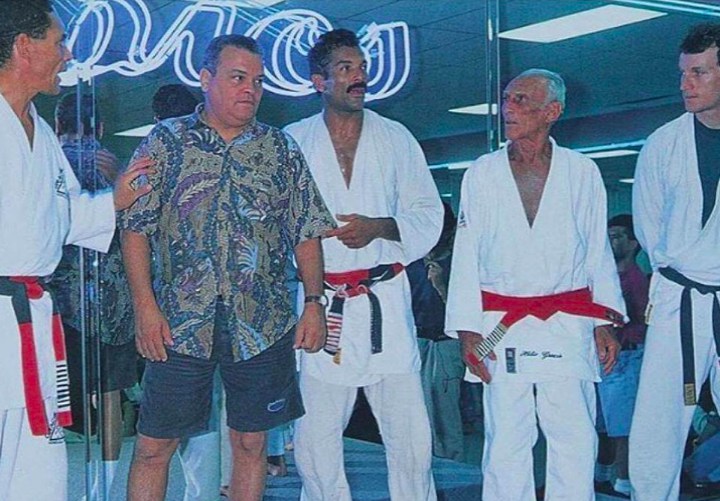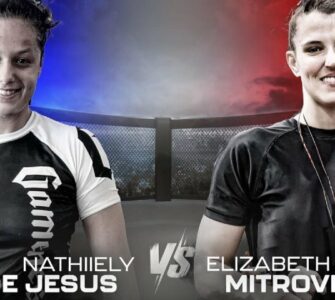If you train Brazilian Jiu-Jitsu, you should really read up about the founding fathers of our art. 3 major figures that you should know about are Carlos Gracie Sr, Helio and Carlson Gracie. These 3 changed Jiu-Jitsu’s history forever.
Allan Goes, a black belt under Carlson Gracie and a key figure in Brazilian Jiu-Jitsu, delves into the distinct legacies of Carlos Gracie Sr., Helio Gracie, and Carlson Gracie in Brazilian Jiu-Jitsu. In his video, Goes articulates the unique contributions and philosophies of these pioneering figures:
- Carlos Gracie Sr. – The Inventor of Gracie Jiu-Jitsu: Carlos Gracie Sr., recognized as the inventor of Gracie Jiu-Jitsu and Brazilian Jiu-Jitsu itself, is praised for his inclusive approach to teaching Jiu-Jitsu. Goes notes that Carlos’s vision was not limited to certain groups, but instead, he taught everyone without distinction.
- Carlson Gracie – The Visionary and Integrator: Carlson Gracie, son of Carlos Gracie Sr., is hailed as a visionary for integrating both the sport and self-defense aspects of Jiu-Jitsu. He is described as a man who didn’t see differences among people and focused solely on victory. According to Goes, Carlson Gracie’s contribution was vital in popularizing Jiu-Jitsu among the common people in Brazil, leading to his recognition with a statue in his honor.
- Helio Gracie’s Focus on Self-Defense: Helio Gracie and his side of the family, including Rolls, Rickson, Royler, and Relson, concentrated more on the self-defense aspect of Jiu-Jitsu. However, even they participated in sport Jiu-Jitsu competitions to prove their family’s supremacy in the art.
- The Emergence of Carlson Gracie’s Legacy: Carlson Gracie was unique in combining sport Jiu-Jitsu and self-defense techniques. His team was the first in Brazil to excel in both arenas, proving the effectiveness of his self-defense techniques.
- Defending Jiu-Jitsu’s Legacy: Goes highlights the 1990s as a crucial era when Carlson Gracie defended Jiu-Jitsu against threats from Luta Livre. Emphasizing the unity and inclusiveness under Carlson’s leadership, Goes speaks about the significant battles fought to uphold Jiu-Jitsu’s supremacy in Brazil.
- Respect for the Gracie Legacies: Throughout his discourse, Goes shows profound respect for the legacies of Carlos, Helio, and Carlson Gracie. He particularly lauds Carlson Gracie for his independent and inclusive approach to building his legacy, emphasizing the unity and dedication needed to protect and promote the art of Jiu-Jitsu.
Allan Goes provides an insightful look into the different styles and legacies within Brazilian Jiu-Jitsu as shaped by these three influential figures. He underscores the importance of understanding these roots and histories, which have shaped the current landscape of Brazilian Jiu-Jitsu globally.

















